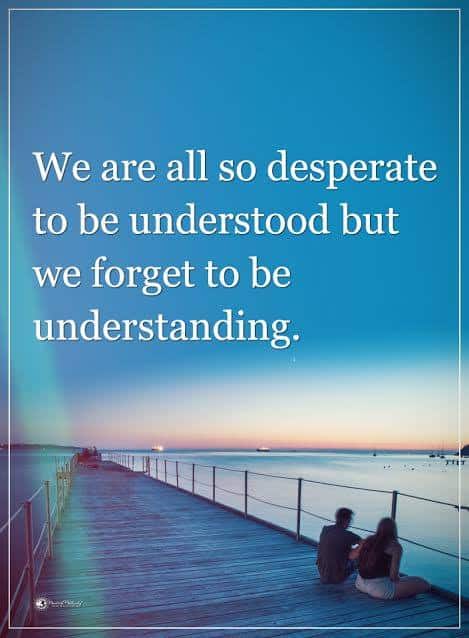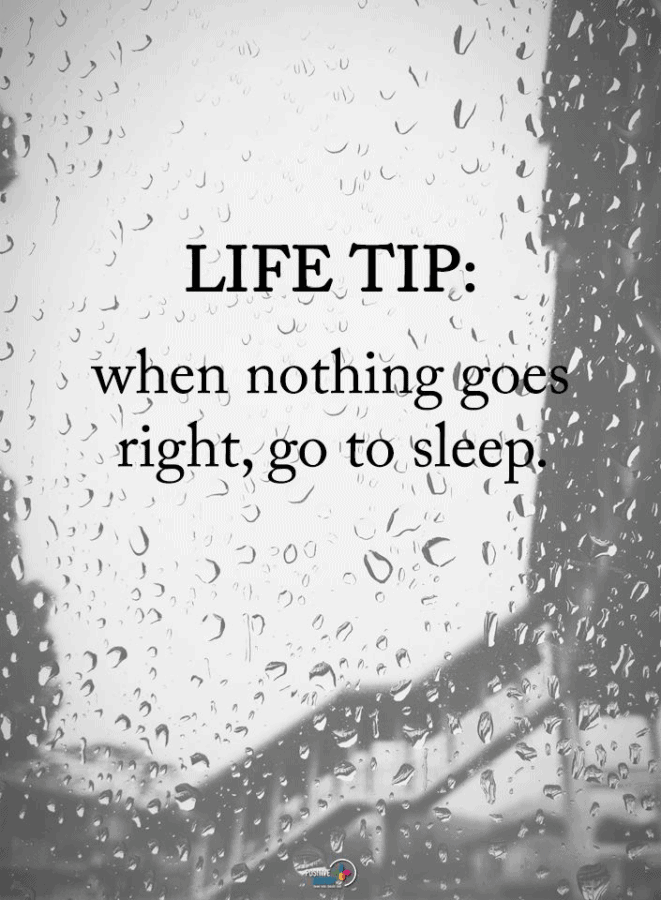Increased consumption of caffeinated coffee and, to a lesser extent, decaffeinated coffee, are associated with reduced risk of hepatocellular carcinoma (HCC), including in pre-existing liver disease. These findings are important given the increasing incidence of HCC globally and its poor prognosis. – Kennedy, J.T., et. al, 2017, “Coffee, including caffeinated and decaffeinated coffee, and the risk of hepatocellular carcinoma.”
Hepatocellular carcinoma (HCC) is the world’s sixth most commonly diagnosed cancer and the third leading cause of cancer deaths. HCC comprises about 90 percent of all liver disease cases.
The disproportionate “disease to death” ratio of HCC highlights the disease’s poor prognosis history. Tragically, HCC patients are often prescribed the wrong treatment regimens or are deemed “ineligible” for certain treatment options.
In this article, we discuss a bit about HCC: symptoms, treatment – and, yes – how coffee may help!
Why is this information important? (Please read)
The information provided in this article may be mistaken as melancholic; please understand this is not the intent. The primary motivation for this article is to educate and inform people of conditions that may threaten human health.
In short, knowing this information could save your life – or that of someone you love. As with any health-related article, we discuss what may be perceived as “negative.” Of course, this is not our intent. Please do not misinterpret factual, research-based health articles for pessimism.
We care about the health of our readers. Indeed, all of you have given us incredible amounts of attention, love, respect, and trust since the founding of this site. Thank you.
What is hepatocellular carcinoma (HCC)?
HCC, as mentioned, is one of the most common types of liver cancer, often co-occurring in patients with an underlying liver disorder such as cirrhosis or liver disease.
About a half-million people die from HCC each year, with the largest proportion of deaths in regions of Africa and Asia – two geographical areas with higher-than-average rates hepatitis B and hepatitis C; both conditions are known precursors to liver disease and HCC.
But what about in the United States? Well, a different type of cirrhosis, which “develops in the setting of nonalcoholic fatty liver disease (NAFLD), or steatohepatitis (NASH)” is of particular concern to public health experts. The risk of developing NASH increases in cohort with conditions such as dyslipidemia (i.e., high cholesterol), hypertension, obesity, and type 2 diabetes – the most common type of diabetes in the developed world.
During the advanced stages of HCC, many patients are deemed ineligible for invasive procedures that may or may not spread the disease. Age, advanced stages of illness, and degree of liver deterioration are all reasons why patients are denied certain treatments.
Given the uncertainty of the disease, and the potentially severe consequences thereof, any potential treatment – preventative or otherwise – is worthy of consideration.
Why You Should Drink Two Cups of Coffee Every Day
Regarding HCC, just one cup of java per day may decrease the risk of the disease by 20 percent; two cups by 35 percent, and four or more cups by 50 percent. Many doctors recommend no more than 400 milligrams of coffee daily. That equals four cups.
The abovementioned research is particularly significant, as scientists believe that annual cases of HCC may rise by approximately 50 percent, or 1.2 million people. So, how can coffee possibly mitigate this risk?
Dr. Oliver Kennedy of the University of Southampton explains:
“Coffee is widely believed to possess a range of health benefits and (the) latest finds suggest it could have a significant effect on liver cancer risk.”
Kennedy continues, “We’re not suggesting everyone should start drinking five cups of coffee a day though. Nevertheless, our findings are an important development given the increasing evidence of HCC globally and its poor prognosis.”
Dr. Kennedy reiterates the context of what was stated previously. That is, some doctors have a poor record of detecting and recommending appropriate treatments for HCC. The same for other forms of liver cancer.
Per medical studies, coffee may possess “antioxidant, anti-inflammatory, anticarcinogenic properties (which) may explain the lower rates of chronic liver disease and liver cancer experienced by coffee drinkers.” Antioxidants and anti-inflammatory elements are crucial to preventing and alleviating certain cancers and their symptoms.
Dr. Peter Hayes, a medical professor at the University of Edinburgh, concurs.
“We have shown coffee reduces cirrhosis and also liver cancer. Coffee has also been reported to reduce the risk of death from many other causes. (In moderation), coffee can be a wonderful, natural medicine.”
Symptoms of HCC and liver cancer
Dr. Yi-Ben Chen, a physician within the Leukemia/Bone Marrow Transplant Program at Massachusetts General Hospital, cites five main symptoms of both HCC and liver cancer:
– ‘Abdominal pain or tenderness, especially in the upper-right (region)’
– ‘Easy bruising or bleeding.’
– ‘Enlarged abdomen.’
– ‘Yellow skin or eyes (jaundice)’
– ‘Unexplainable weight loss.’
See a doctor if you should experience a combination of two or more of the abovementioned symptoms. Seek the opinion of a doctor specializing in internal medicine. Internists possess advanced knowledge of the human anatomy that many practicing physicians do not.









